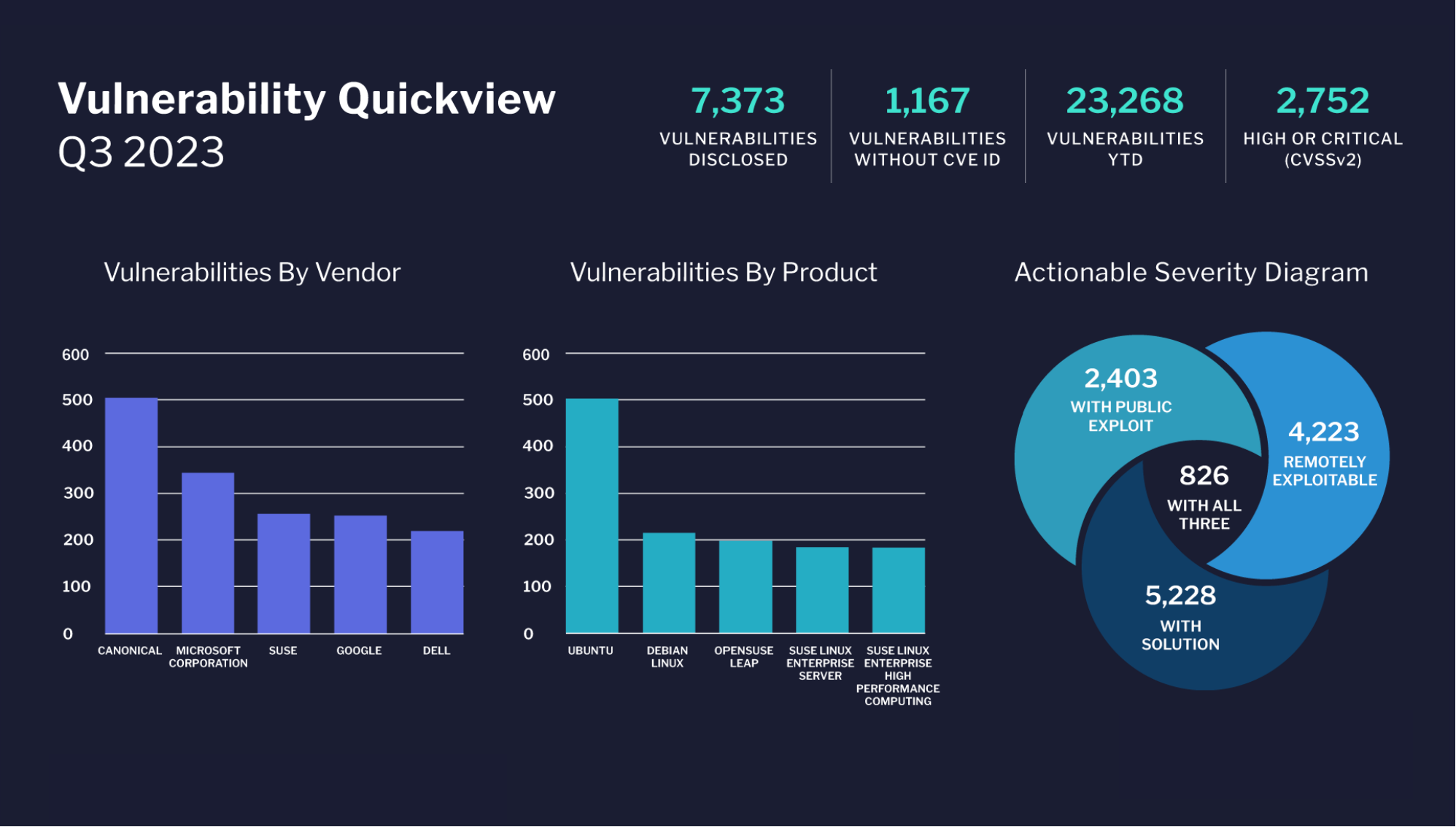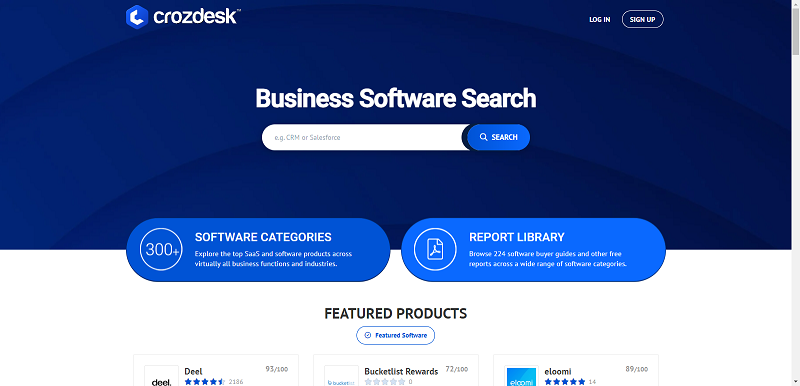One of the most common characteristics of new cloud computing-driven innovations in education has been the transmission of traditional academic practices (tutoring, assignment collection, extra help meetings, etc.) into the new platforms and opportunities made available by the cloud. While it is easy to get swept up in the more interesting or flashy education innovations, the best new tools available to teachers by way of cloud computing are mostly 21st century versions of traditional practice in the classroom.
With this in mind, it should come as no surprise that one of the newest and most popular trends in education-related cloud services has centered on grading and assessment. While no single practice or program has come to dominate the field as of yet, the unveiling and utilization of programs like Blackboard and Impact, which allow teachers to maintain grade books that can be actively updated and viewed by students, parents, and teachers alike, have become to change the way that student assessment is both viewed and enacted.
The implications, benefits, and potential pitfalls of this newest advancement in education technology are as numerous as they are exciting. The most obvious benefit to teachers moving their grading onto the cloud is the ability to access, manage, and update grades from multiple locations. Formerly encumbered, either by paper-based grading systems or network-linked grading systems that could not be accessed outside of school, teachers are now finding that the freedom to work on grading from any location can be a major relief. Aside from the need to make changes and updates with little to no advance warning, especially around deadlines, teachers can also keep parents informed actively on the progress (or lack thereof) that their children are making in the classroom. The old days of sending tests and quizzes home to get signed, or requiring busy parents to make time to come in and meet to discuss grades, are going quickly by the wayside as these new grading systems take hold in more and more school districts.
The issues that have unexpectedly have risen from the introduction of these new technologies are equally varied, and the full weight of taking this traditional academic process and moving it to the cloud is not yet fully understood. Teachers have always frequently lamented that their job never truly ends, and that the worries and concerns and needs of students and parents follow them home from their jobs on a daily basis. Now, with grading systems being updated actively on the cloud, and accessible in real-time to parents at home, teachers are beginning to find the demands on their time sometimes increase because of these technologies. While certainly open communication and dialogue between teachers, their students, and their parents are essential to academic progress and success, removing the barriers between teachers’ personal lives and time and the families they serve can also be a hindrance. Until these technologies have been rolled out in a greater array of school districts, it remains safe to assume that more benefits and issues will continue to emerge as the cloud finds its way further into the 21st century classroom.
By Adam Hausman





